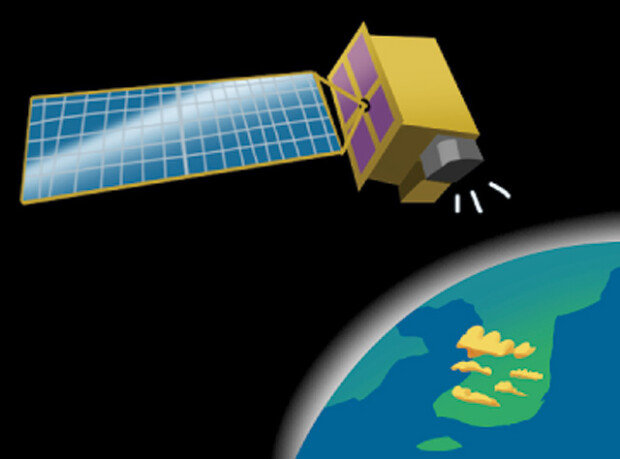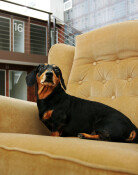The Chollian-2B to identify the origin of ultrafine dust
The Chollian-2B to identify the origin of ultrafine dust
Posted March. 28, 2020 07:56,
Updated March. 28, 2020 07:56

Back in 1854, a large number of people died from unknown disease in London. People believed in the miasma theory, which states that the source of diseases is air. A painting of that era, where contaminated air is depicted as demon, demonstrates the common perception of the people of that time. But preventing patients from contacting air did not prove effective in curing them.
When the city was in desperation from the epidemic, Dr. John Snow (1813-1858) stepped in. He plotted cases of the infectious disease on a map and found out that the patients were dispersed around a water pump. It was a reckless and rash effort since the cholera bacteria could not be examined with the level of technology of that time. But Dr. Snow did not give up. He risked his life to visit every patient’s house and checked if they drank water from the water pump. As the number of marks on his map grew, he became more confident that there was a connection between the quality of water and the disease.
Dr. Snow advanced the theory of “etiology,” which states water instead of air can be the source of a disease. Behind this birth of modern epidemiology lies data. Imagine the doctor running around houses to collect data and plotting cases on a map. It is a very unfamiliar scene to us, who are living in a world of data and experiencing big data-based artificial intelligence (AI). Despite the technological limitations, Dr. Snow identified the source of the disease by using data he collected.
The Chollian-2B, which South Korea sent into orbit with an aim of identifying the origin of ultrafine dust, is equipped with high precision optical observation equipment. The equipment uses hyperspectral imagery technology to divide the wavelength produced when an object reacts to light and detect its components. The equipment is capable of measuring the concentration of 20 air pollutants, including sulfur dioxide and nitrogen dioxide, as well as ultrafine dust eight times a day. The satellite has laid the groundwork in identifying the source of ultrafine dust.
As many experts say, the issue of ultrafine dust cannot be resolved overnight since it is originated both from outside the country but also from within the country. Now that it has become possible to collect data to identify the cause of ultrafine dust coming from overseas, the government should also gather data within the country to provide its people with detailed ultrafine dust information and forecast. The launch of Chollian-2B will hopefully be a chance to identify the origin of ultrafine dust and to improve the domestic ultrafine dust forecast and response.







